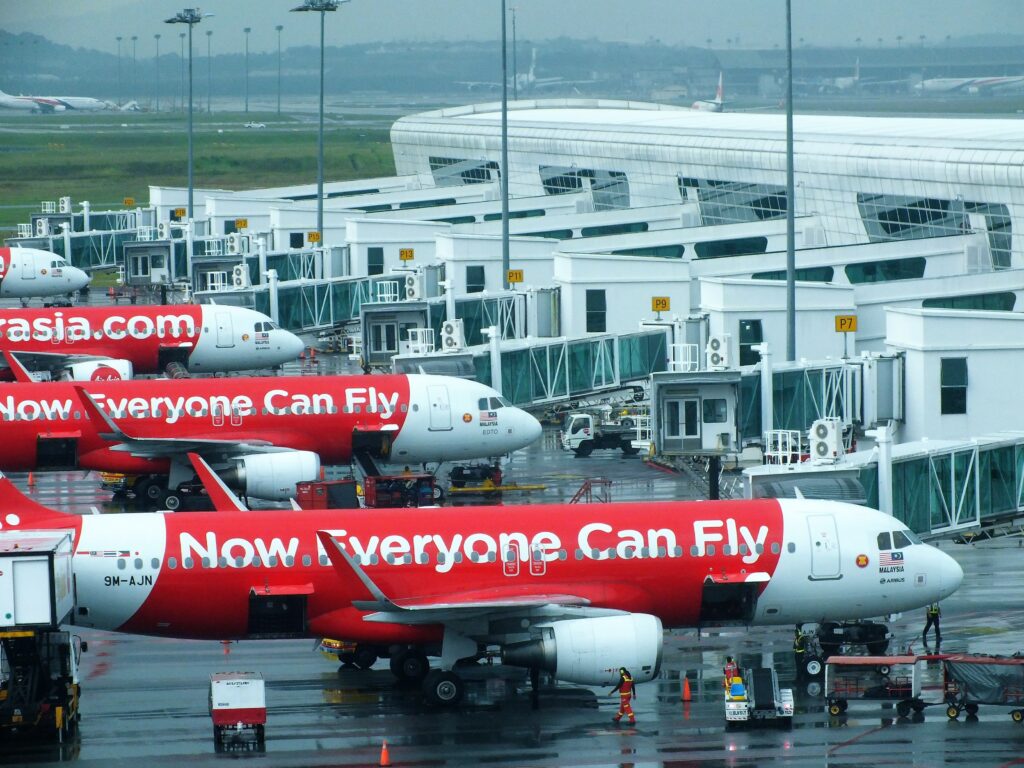IATA sees progress in borders reopening for air transport around the world
The International Air Transport Association (IATA) has welcomed the increasing momentum towards the re-opening of borders and relaxation of travel restrictions, as Covid-19 moves into the endemic phase.
An IATA survey of travel restrictions in the world’s top 50 air travel markets (comprising 88% of international demand in 2019 as measured by revenue passenger kilometers) revealed the growing access available to vaccinated travellers:
- 25 markets representing 38% of 2019 international demand are now open to vaccinated travellers without quarantine measures or testing requirements—up from 18 markets (28% of 2019 international demand) in mid-February.
- 38 markets representing 65% of 2019 international demand are open to vaccinated travelers with no quarantine requirements—up from 28 markets (50% of 2019 international demand) in mid-February.
Repeated surveys of passengers by IATA during the pandemic has shown that testing and especially quarantine restrictions are major barriers to travel.

Asia still behind North America and Europe
Travel in Asia remains heavily compromised by Covid restrictions. While North American and European international traffic rebounded to – 42% of their 2019 peaks last year, traffic in Asia Pacific remained at 88%. Even in this region, however, there has been some progress, with India and Malaysia among the countries recently announcing relaxation of restrictions.
The easing of measures reflects the growing consensus that travel restrictions such as border closures and quarantine do little to control the spread of Covid-19. A recent report by OXERA and Edge Health, looking at the spread of the Omicron variant in Europe, concluded that travel restrictions may only delay the peak of a wave by a few days.
“The world is largely open for travel,” said Willie Walsh, IATA’s director general. “As population immunity grows, more governments are managing Covid-19 through surveillance, as they do for other endemic viruses. That is great news for a growing number of destinations that will receive a much-needed economic boost from the upcoming Easter and Northern Summer travel seasons. Asia is the outlier. Hopefully, recent relaxations including Australia, Bangladesh, New Zealand, Pakistan, and the Philippines are paving the way towards restoring the freedom to travel that is more broadly enjoyed in other parts of the world.”
Battling for a complete reopening of the skies in the European Union
In between, IATA is also battling with ACI Europe (Airports Council International) for a complete lifting of all remaining Covid restrictions applying to intra-EU and Schengen area travel. This includes all testing requirements, the need to present proof of vaccination, or complete a Passenger Locator Form (PLF). Both organisations are also requesting that the mask-wearing requirement for travel within or between States is also dropped.
Many European countries have lifted domestic Covid restrictions, such as the need to provide health credentials to enter social events, or the requirement to wear masks in public spaces. Contact tracing efforts are also being stood down, rendering PLFs for international travel redundant. As European countries open up and remove restrictions, it is only logical to remove similar restrictions from air transport.
The Omicron variant of Covid-19, is now pervasive throughout all of Europe, and population immunity is at such levels that the risk of hospitalisation or death has dramatically reduced, especially for vaccinated people. States are adopting surveillance strategies to ensure public health, in the same way as they do for other coronaviruses and infectious diseases. The IATA has released new research by OXERA/Edge Health (pdf). It shows that even if a new variant is discovered and travel restrictions introduced immediately, this only delays the peak of infections by a maximum of only four days.
